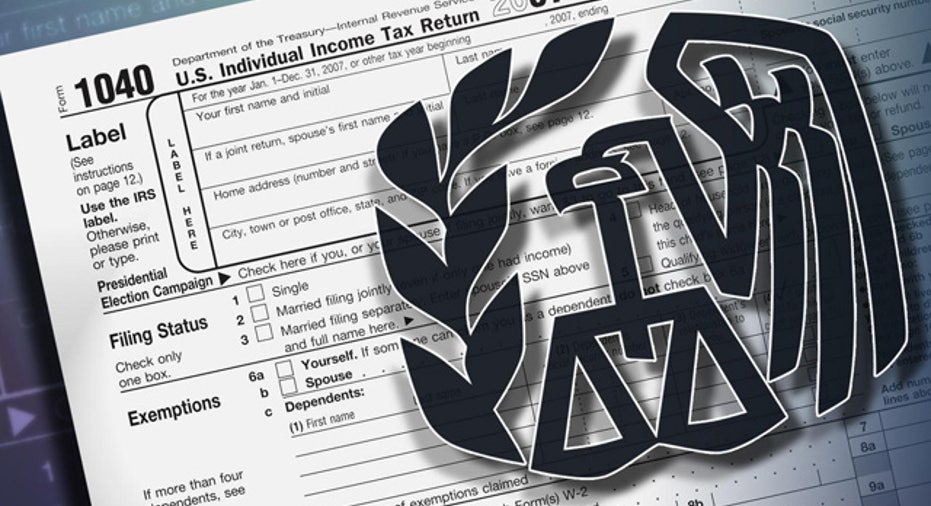Rolling Over Your IRA? IRS Clarifies Rule

The Internal Revenue Service offered guidance this week on the new rules on rollovers between individual retirement accounts.
Starting in January 2015, individuals will be allowed only one tax-free IRA rollover during a one-year period. Previously, individuals could do one rollover per IRA account per year; if the taxpayer had four IRA accounts, he could do one tax-free rollover for each account. Now, each individual will get only one tax-free rollover a year, regardless of how many accounts he has.
However, the IRS is cutting a bit of slack to taxpayers; it said this week that it would give taxpayers a fresh start in 2015. As a result, taxpayers who may have just rolled over an IRA account will be allowed to take another tax-free rollover starting in the New Year.
Why Roll Over an IRA?
Karl Fava, CPA, said rollovers are most common when an accountholder wants to change management companies, switching their IRA savings, for example, from, let’s say, a Charles Schwab account to a Fidelity account. It’s also fairly common to consolidate multiple IRA accounts, simplifying a taxpayer’s financial big picture.
But Fava said some individuals use tax-free IRA rollovers as a type of short-term loan. Under IRS rules, you have a 60-day period during which you can take your money out of one IRA account and put it in another account, before you have to pay taxes on that money.
“If I’m short on money for a down payment and know I’m getting my annual bonus [within 60 days], I could take out the money from my IRA and use it,” Fava said. As long as you end up putting the full amount back in a new IRA account within the 60-day period, there’s no penalty.
Taxpayers who don’t roll over the full amount within the 60-day period will have to pay incomes taxes on the amount that was withdrawn, Fava said. And individuals under the age of 59.5 will also have to pay a penalty – a 10% excise tax on the withdrawn money.
Does the New Rule Hurt Taxpayers?
Fava said the new IRS limit will hinder some taxpayers looking to make changes to multiple IRA accounts next year.
“It’s a limitation on someone’s ability to change trustees, so it does have a negative effect on taxpayers,” Fava said. (In this case, “trustee” refers to the company managing the IRA account.)
There is one loophole, however, that will allow taxpayers to make multiple tax-free rollovers, by arranging for a trustee-to-trustee transfer.
Rather than withdrawing an IRA account and receiving a check, which is later sent to a different management company, taxpayers can arrange for their management company to directly send the money to the another company. The IRS will still allow multiple transfers like this within a one-year period.
This seems like a simple solution that provides more flexibility for taxpayers looking to manage their retirement savings. But Fava said there can be drawbacks to doing trustee-to-trustee transfers.
“Given the existing environment with banks and a lot of brokers, there can be fees on doing things like this. It’s sometimes punitive … [the company] knows you’re leaving for another trustee, so they’ll charge.”